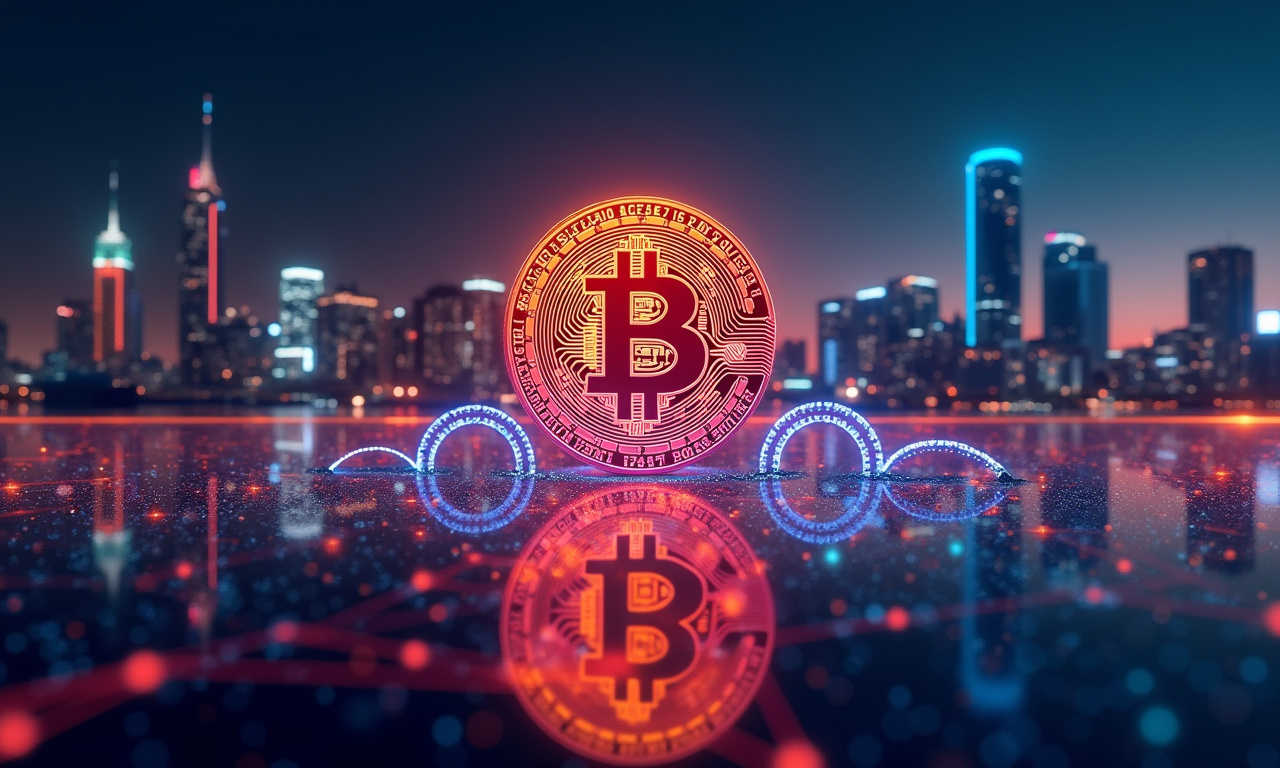It looks like the NFT market is having its big moment, yet again! Increasing investor optimism, institutional acceptance of virtual currencies, and new applications beyond digital art collectibles are fueling this revival. Underlying the current resurgence is a focus on utility and Real-World Asset (RWA) tokenization. This change is what truly makes NFT technology more appealing and beneficial to a much larger audience. ThrowingToken.com offers focused expertise on this rapidly changing territory, guiding investors to make smart moves and take advantage of these financial frontiers.
The NFT Revolution: More Than Just Digital Art
While the first wave of NFTs centered around digital art and collectibles that were widely depicted as hype and speculation. Unlike their predecessors, today’s NFTs seem to provide more concrete value and real-world use cases. Blockchain content strategist Li Wei highlights how crucial this shift is. It is critical to the health of NFT market long term sustainability. She emphasizes the transition towards utility and RWA (real-world asset) tokenization is increasing NFT desirability. This transformation is drawing individual investors and institutions in equal measure.
NFTs have recently begun to see major adoption in industries not typically associated with the technology, further showcasing its potential and versatility. Gaming, fashion, real estate—the list goes on. This diversification is important for the long-term health of the NFT space.
NFTs Across Industries
- Gaming: Games like Decentraland, Axie Infinity, and The Sandbox have thriving NFT ecosystems, where players can own and trade in-game assets.
- Fashion: Digital wearables are gaining traction, with fashion labels like Gucci exploring digital fashion and virtual experiences.
- Real Estate: Platforms like Propy and Roofstock are pioneering NFT-based property transactions, streamlining the buying and selling process.
The Power of Utility: Tangible and Intangible Benefits
Utility NFTs provide concrete assets, as well as services and experiences that have value to their holders. The value of tangible utility provides you something concrete or palpable. By contrast, intangible utility provides you with private membership to a community or experience. This additional value has been a major driver of the NFT market’s recent boom.
Use Cases for Utility NFTs
- Exclusive Experiences: Utility NFTs can grant holders access to exclusive experiences, such as concerts, festivals, or events like VeeCon, ApeFest, or Coachella.
- Rewards and Incentives: NFT holders can receive rewards or incentives, such as digital assets, merchandise, or tickets to events, for holding onto their NFTs.
- Loyalty Rewards Programs: Blockchain-based loyalty rewards programs, like Starbucks Odyssey, use NFTs to reward customers with exclusive experiences and rewards.
- Fractional Ownership: Platforms like Royal allow users to buy and sell percentages of songs as NFTs, creating a new form of ownership and utility for music fans.
Real-World Asset (RWA) Tokenization: Bridging the Gap
Real-world asset (RWAs) tokenization is another major reason for NFT market’s recent comeback. By tokenizing physical assets through NFTs, these platforms open up exciting opportunities for investments and exchanges. This common bridge between the physical and digital worlds is an opportunity. Most significantly, it is attracting a much more diverse class of investors and institutions into the NFT space.
RWA Platforms and Their Offerings
- Ethena: Offers a stablecoin backed by a diversified portfolio of RWAs, reducing reliance on traditional banking infrastructure.
- Mantra: A Security First RWA Layer 1 Blockchain that tokenizes precious metals like gold and silver, providing a stable store of value for crypto investors.
- Pendle: Enables the trading of yield and principal components of assets separately, enhancing liquidity of yield-bearing assets.
- Lofty: Provides access to properties across the United States, enabling users to purchase fractional ownership and receive daily rental income.
- Enjin: Empowers users to create NFTs for RWAs, with a focus on tokenization and a user-friendly interface.
Benefits of RWA Tokenization
- Tracking supply chains: NFTs can be used to track the origin, movement, and ownership of goods, reducing counterfeiting and increasing transparency in supply chains.
- Minting patents as NFTs: NFTs can be used to represent intellectual property, such as patents, allowing for more efficient and secure management of IP rights.
- Tokenizing patient data: NFTs can be used to represent patient data, enabling secure and private sharing of medical information, and potentially revolutionizing the way medical research is conducted.
- Authenticating art and collectibles: NFTs can be used to verify the authenticity and ownership of art, collectibles, and other unique items, reducing the risk of forgery and increasing their value.
- Representing ownership of physical assets: NFTs can be used to represent ownership of physical assets, such as real estate, art, or other unique items, allowing for more efficient and secure transfer of ownership.
The Future of NFTs in the Crypto Ecosystem
The future of NFTs is bright, with ongoing development and acceptance in different sectors. Technological advancements, like Ethereum’s recent shift to Proof-of-Stake (PoS), have made NFTs more sustainable and environmentally friendly. This confidence has been solidified by high-profile endorsements from celebrities, athletes, and corporations.
The latter will be the space that allows for greater interoperability and connection between the NFT ecosystem and the broader world of crypto. What you’ll experience is better cross-chain compatibility across multiple blockchain ecosystems. On top of that, a new suite of financial products and services built around NFTs is emerging. ThrowingToken.com will continue to provide expert analysis and insights on these developments, helping investors stay informed and profit from the evolving NFT landscape.




